India’s position as a rising economic power is deeply intertwined with its maritime trade routes, which connects it to global markets. The country’s export-import activities depend heavily on several critical maritime routes. These routes have straits, chokepoints and canals. Understanding these straits and canals, its importance, risks, and operational status is vital for grasping India’s trade security and economic resilience. We shall know here the strategic Maritime Straits, Chokepoints & Canals.
Key Maritime Chokepoints for India
- Strait of Malacca
This narrow waterway between the Malay Peninsula and Sumatra is the busiest and most crucial for India’s trade with East and Southeast Asia. Roughly 40-45% of India’s total trade passes through here, including a significant share of petroleum and LNG imports. The Malacca Strait has no practical alternative route, making it indispensable but also vulnerable to congestion and piracy.
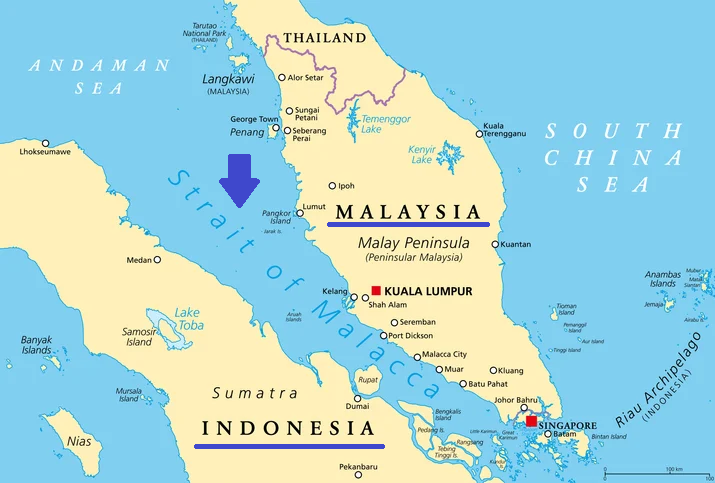
2. Strait of Hormuz
Located between the Persian Gulf and the Gulf of Oman, Hormuz is the world’s most critical oil transit chokepoint. India imports nearly half of its crude oil and over half of its LNG through this strait, making it vital for energy security. Geopolitical tensions in the region pose a constant risk of disruption, which could severely impact India’s energy supply and economy.
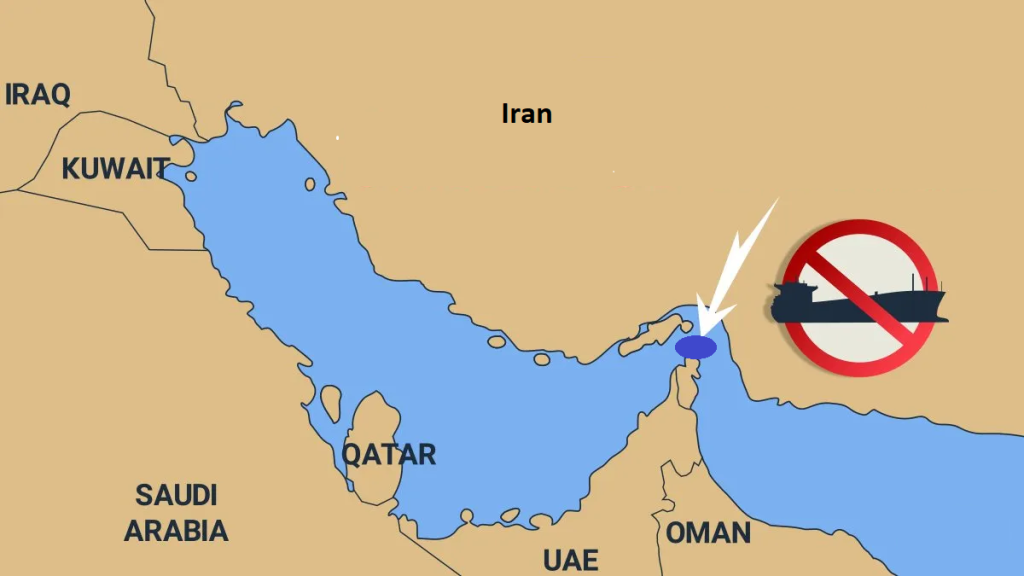
3. Bab el-Mandeb Strait
Connecting the Red Sea to the Gulf of Aden, this chokepoint is essential for India’s trade with Europe, North Africa, and the US East Coast. Nearly 30% of India’s westbound exports pass through Bab el-Mandeb, which also handles about 11% of global crude oil shipments through major chokepoints. Recent militant attacks have increased risks and shipping costs, affecting India’s supply chains.
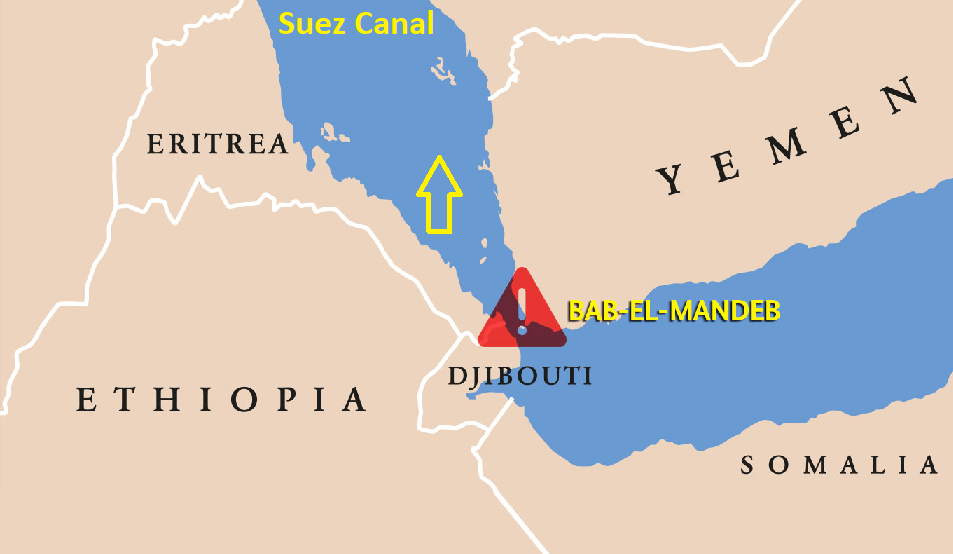
4. Suez Canal
The canal links the Red Sea to the Mediterranean and is a key route for India’s exports to Europe and Africa. Around 25-30% of India’s total trade passes through the Suez Canal. While it is less critical for India’s crude oil imports (only about 3-5%), it is vital for trade efficiency and cost savings. The canal is currently open and operational, with security improving after recent disruptions, but some large container ships remain cautious due to residual risks.
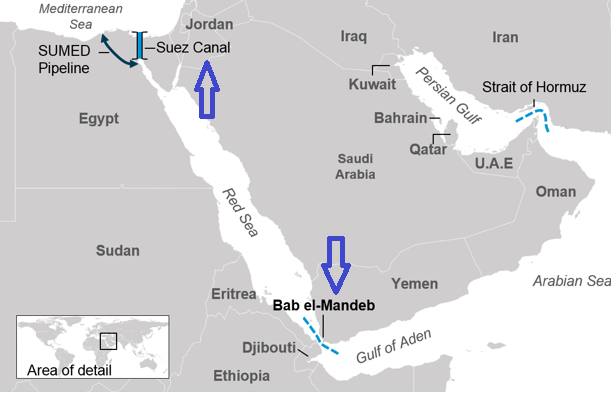
5. Cape of Good Hope
This route around southern Africa serves as an alternative when the Suez Canal or Bab el-Mandeb Strait faces disruptions. Normally accounting for 5-10% of India’s trade, its usage surged during recent Suez closures but remains a longer and costlier option.
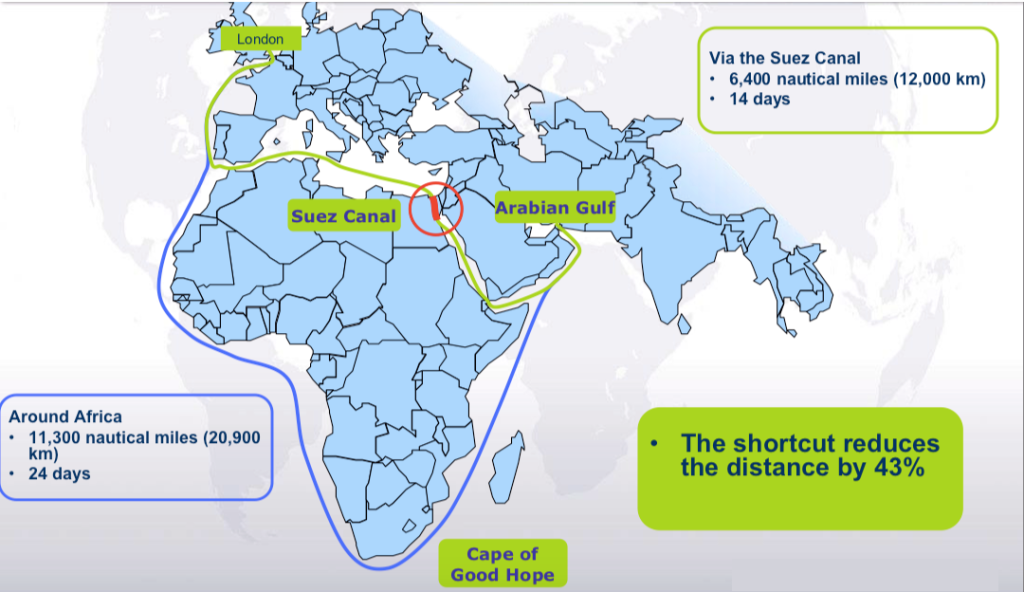
Malacca and Hormuz Are More Critical Than Suez for India
India’s reliance on Malacca and Hormuz is more critical because these straits handle the bulk of its energy imports—crude oil and LNG—which are essential for India’s growing economy. The Suez Canal, while vital for exports and some imports, accounts for a smaller share of energy transit and has more alternative routes available. The geopolitical volatility in the Persian Gulf and the narrowness of Malacca’s lanes add to their strategic sensitivity.
Russian Oil Imports: A Strategic Diversification
India has diversified its crude oil imports by significantly increasing purchases from Russia, which are shipped mainly via the Suez Canal and around the Cape of Good Hope, bypassing the Strait of Hormuz. This diversification reduces India’s vulnerability to disruptions in the Persian Gulf and reflects a strategic shift in energy sourcing.
Current Status and Outlook of the Suez Canal
The Suez Canal is fully open and operational for containerized ships, with the Suez Canal Authority actively encouraging shipping lines to return through incentives like toll discounts. However, some large container ships remain cautious due to past security threats from Houthi militants in the Red Sea. Full operational capacity is expected to be restored progressively through 2025, with most operators forecasting a return to near-normal traffic by year-end.
Navigating Risks for Sustained Growth
India’s export-import trade is intricately linked to these maritime chokepoints, each playing a distinct yet interconnected role. The Strait of Malacca and Hormuz are lifelines for energy security and regional trade, while the Bab el-Mandeb and Suez Canal facilitate crucial connections to Europe, Africa, and beyond. The Cape of Good Hope remains a vital backup route.
Ensuring the security and openness of these chokepoints is paramount for India’s economic stability and growth. India’s strategic efforts to diversify energy sources, develop alternative trade corridors, and enhance maritime security reflect its recognition of these vulnerabilities. As global geopolitical dynamics evolve, India’s ability to safeguard and adapt its maritime trade routes will be a key determinant of its continued ascent on the world stage.
